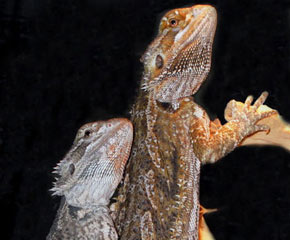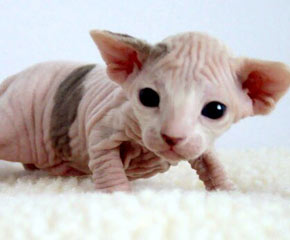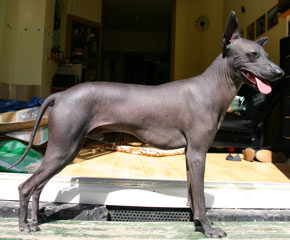Pets with no fur
Cats, dogs and gerbils may be cute and fuzzy, but these pets are cool too!
Bearded Dragon
With a name like that, you are probably expecting a giant reptile with a fiery attitude. The bearded dragon may not be  small, but it is not huge either. This pet can be anywhere from one foot to two feet long. Don’t let its size or looks scare you. The bearded dragon is known to be the friendliest of all lizards. Once they are used to people, the bearded dragons enjoy perching on their human companions and being stroked. Even when frightened, this reptile will not attack. Instead it freezes, puffs out its throat and sometimes changes color.
small, but it is not huge either. This pet can be anywhere from one foot to two feet long. Don’t let its size or looks scare you. The bearded dragon is known to be the friendliest of all lizards. Once they are used to people, the bearded dragons enjoy perching on their human companions and being stroked. Even when frightened, this reptile will not attack. Instead it freezes, puffs out its throat and sometimes changes color.
The bearded dragon gets its name from the special scales on its head and throat that look like spikes. When the lizard is relaxed, these scales look like a beard. When the bearded dragon puffs out its throat, these harmless scales look a little scary.
Sphynx
Not all cats have hair. In fact, there are a number of hairless breeds. The sphynx [ss-fink-ss] is one of them. This cat first came from Toronto, Canada. A normal cat with lots of fur gave birth to a kitten with a genetic mutation that made the kitten hairless.

Genetic mutations occur when DNA undergoes an unexpected change. Everybody has DNA. It is what makes you who you are. DNA decides how tall you will be, what color your hair and skin are, whether or not you have allergies and almost everything else about your body. Your DNA came from your parents, which is why you may look like them in some ways.
That first hairless cat had hairless babies, and eventually they became a separate breed from other cats.
Sphynx cats eat more than other cat breeds. This is because it takes more energy for them to maintain a healthy body temperature. The normal body temperature of a sphynx is 4 degrees warmer than that of other breeds.
Peruvian Inca Orchid
Just like there are hairless cats, there are hairless dogs. The Peruvian Inca Orchid [puh-roo-vee-un ing-ka or-kid] is one of

a few hairless dog breeds. This dog is very rare, with only about a thousand existing in the world today. The country of Peru has adopted this dog as their National Dog.
This dog is also called the Moonflower Dog. The Peruvian Inca Orchid gets its names from its origins. This dog was found in some caves in the country of Peru where orchids were known to grow.
Not all of these dogs are hairless. Some are born with coats of fur, others have fuzz only on their heads and feet, and many are completely hairless. The Peruvian Inca Orchid ranges in size and color.


